The Story of the Steam Machine
Starting with the work of Konrad Kyeser the lever system in 1420, up to the production of flywheel, pneumatic lever, Newcomen machine, double-acting steam machine, the first self-moving vehicle Fardier Cugnot and the first piston with metal piston-ring a brief adventure of steam machines...
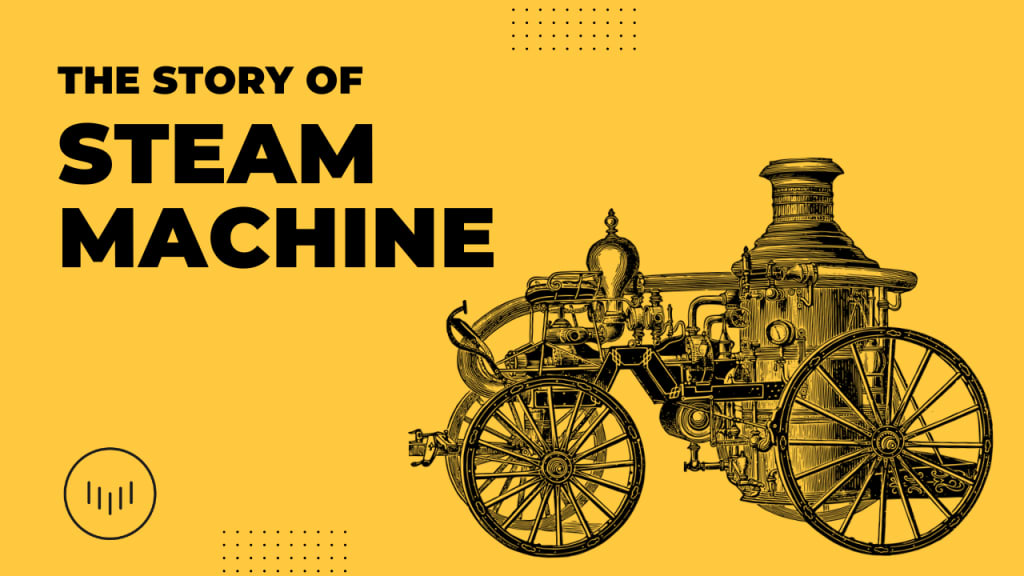
Motion Arm: The Lever System
Towards the end of the fourteenth century and at the beginning of the fifteenth century, the use of the motion arm system-the lever is one of the most important mechanical advances of the Middle Ages. This system allowed a continuous round movement to turn into a straight commuting movement and vice versa. The fact that this was not known until then limited technical developments. The lever system has been used for centuries. But the same cannot be said for the drill arm. It is not possible to come across such a tool before 1424.
The lever system is formed by the combination of the drilling arm and the motion arm. Since the mechanisms used in the technological world of that era were usually made of wood, problems occurred during the assembly of moving parts. In the works of the German engineer Konrad Kyeser, the first examples of the arm mill moved by a lever system are encounter.
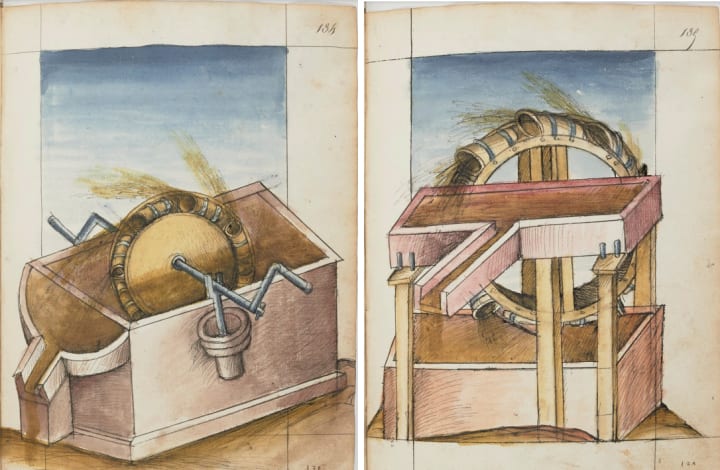
Based on Kyeser's pattern, we can well say that the engineers of that era realized that there were two top dead center in this mechanism and thought of an flywheel* to find a remedy for this deficiency. The implementation of the invention was carried out very quickly and, with it, was instrumental in the birth of inventions such as saws, pumps and impellers, and two centuries later, the steam engine.
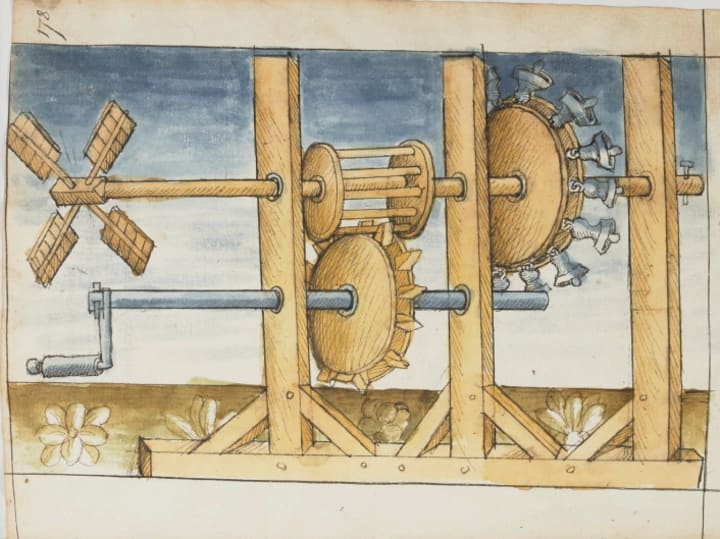
*flywheel: in machines, it is the large diameter impeller that ensures the smooth operation of the speed of movement.
Huygens's Reciprocating Machine
The famous Dutch scientist Christian Huygens conducted the first piston engine experiment in front of Colbert and members of the Academy of Sciences, who invited him to France in 1673. Machines consisting of pistons in motion in a cylinder have been known since ancient times. The Romans had manufactured numerous of pumps. The ancient Greeks from Alexandria were also familiar with similar machines.
The pump is reversible. So this tool can replace the engine. The reason for this phenomenon was only understood after the Italian scientist Toricelli found atmospheric pressure in the 16th century. The definitive experiment was made on the initiative of the German Otto von Guericke, who developed a pneumatic machine in the 1650s. But this is not an engine, but a cool lever.
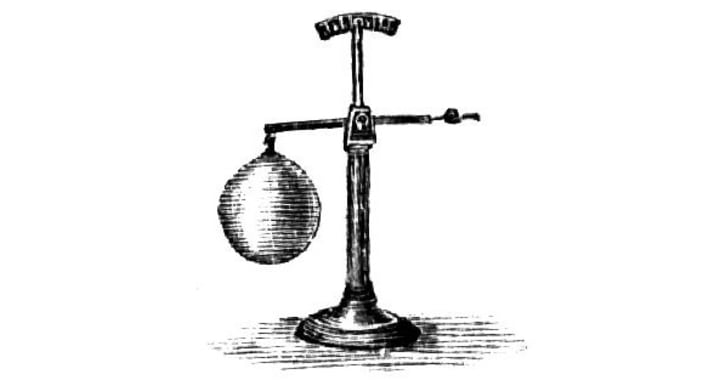
In contrast, the internal combustion machine invented by Huygens is a real engine. Gunpowder is put into the cylinder, which is closed by a piston; then the gunpowder is ignited. As a result of combustion, gases expand, after cooling they also stretch. The two ends of the piston are connected by a rope. The rope slides on the pulleys. So, after completing its own movement, the piston returns to its initial state. Huygens developed this machine together with his assistant Denis Papin.
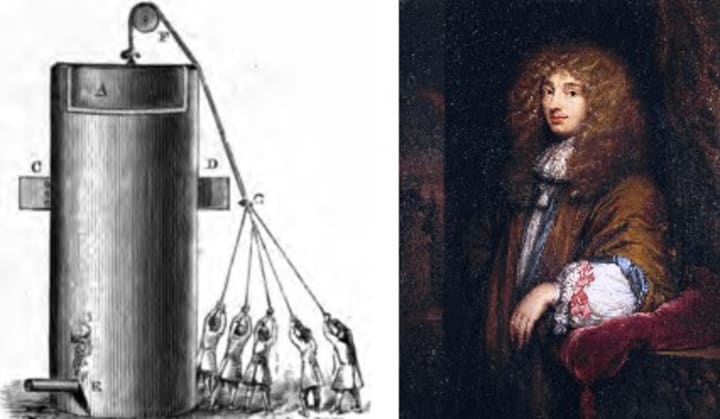
Steam Atmospheric Machine
Everyone in France, thinks that the steam engine was invented by Denis Papin. However, the eponym of the steam engine, which is called the atmospheric machine by scientists and the Newcomen machine by other people, is still a matter of debate.

Papin invented a safety valve for his famous steam digester in 1679. The steam digester was closed so that there was no air. The pressure of the water vapour inside was too great to be underestimated. This steam saucepan is a good machine for removing fat from bones in a high-pressure steam environment. It is the pioneer of the autoclave and the pressure cooker. Papin had imagined a machine with a cylinder that would drive the piston inside with steam. However, it took until 1707 for him to explain this. In the same year, the first steamship was launched on the Fulda river in Germany. Britisher Thomas Savery patented a valveless machine in 1698. And together with Thomas Newcomen, inventing the Newcomen machine in 1705, they ensured the beginning of the industrial revolution.
Watt's Double-Acting Machine
Watt succeeded in making Newcomen's machine a double-acting machine in 1783. Watt, thought about surrounding the cylinder with a jacket and letting steam circulate here and heating the cylinder at the end of the 18th century. While doing this, he probably wanted to prevent heat, that is, loss of energy. Watt, who has been able to continuously increase the power of the machine since 1765, has also increased the efficiency of the steam engine. In response, physicists named the international power unit after him in 1881: Watt.
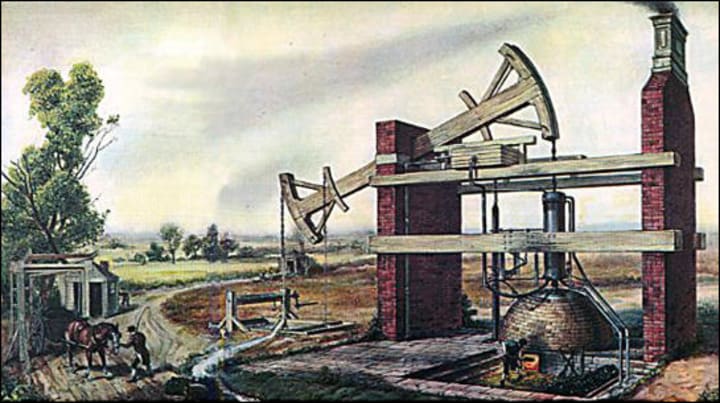
Fardier Cugnot
The first self moving vehicle; Fardier, was built by the French engineer Nicolas Joseph Cugnot between 1765-1771 year. This is the first vehicle with mechanical traction. The direction of the vehicle was determined by the front wheel. Its engine was a steam engine with two vertical cylinders. The movement of the engine was transmitted to the wheel by the arms of the pistons. The motion of the engine was transmitted to the wheel by the arms of the pistons. The vehicle was capable of a speed of 3.5 km per hour.
The Piston with Metal Piston-Ring
The Britisher John Barton patented the first metallic piston-ring in 1816. But for some reason it is called the Swedish piston. In a short time, it has spread all over the world. The piston, which is an active part of the steamer, is a cylinder made of cast iron. In the begining, they were filled with compressed hemp. However, since these were burned, it was understood that they wore out quickly and scratched the inside of the cylinder. Then, disk piston-rings produced from mineral parts began to be used. When it was understood that these could also serve as springs, the first piston-rings were made of cast iron. Because the cast iron does not rust, the production of long-lasting piston-rings has been successfully completed.
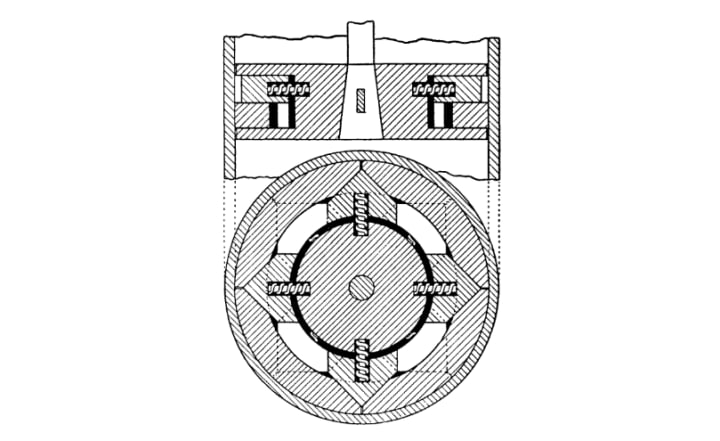
You can send your feedback and suggestions us.
About the Creator
Selen Kurtoglu
The Industrial Engineer. Wonders, researches, reads and writes. Scientific and interesting technology share stories.
Enjoyed the story? Support the Creator.
Subscribe for free to receive all their stories in your feed. You could also pledge your support or give them a one-off tip, letting them know you appreciate their work.






Comments
There are no comments for this story
Be the first to respond and start the conversation.